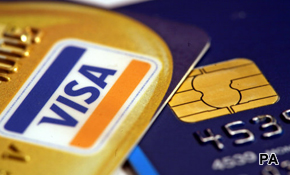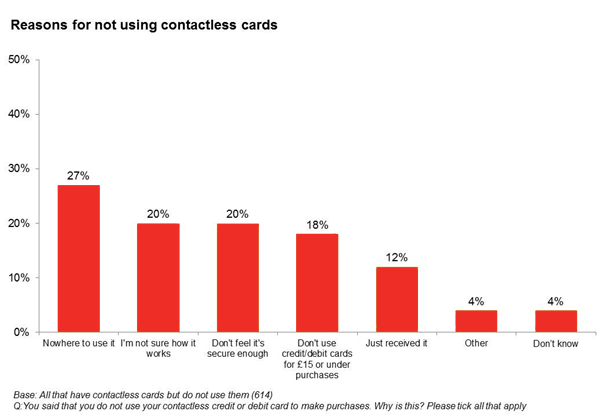Stockholm, Sweden – January 17, 2012. 4T the joint venture company, including all Swedish mobile network operators, Telia, Tele2, Telenor and 3 has decided to base their mobile wallet service on services and technology from PayEx and Accumulate.
The mobile wallet service will be the same from all operators giving the end users the same payment options and look and feel independent of operator used. This will ease the situation when/if a user wants to change service provider, though the mobile wallet service remains and doesn't need to be changed.
”This is a major breakthrough for mobile payments and an important milestone and approval of our technology. The Swedish operators have the opportunity and the will to be part of setting a new and open standard for mobile payments that combine security, ease of use and flexibility in a cost effective way”, says Stefan Hultberg, CEO and Co Founder of Accumulate.
The new 4T service will be delivered by PayEx and Accumulate, where the account holding and infrastructure services will be developed and operated for 4T by PayEx. The mobile wallet application solution and the mobile security are based on Accumulate's award winning mobile security platform ME.
The mobile payment service will be an alternative for cash and card payments and will cover all payment situations;
• POS including NFC when available
• online
• person-to-person
• man-to-machine (for example vending machines, parking meters, charging of electrical cars, etc).
The joint mobile wallet service is planned for launch before this summer. The service will at launch be available for 97 percent of Swedish mobile subscribers and covers almost any mobile handset delivered from 2006 onwards.
About 4T
4T Sweden AB is a newly established company for mobile payment services in Sweden. The company is owned by the four mobile operators Telia, Tele2, Telenor and 3. The launch takes place at summer 2012. The company's services will be marketed under a new brand that will be communicated shortly.










The firm is also set to start shipping a free, newly-designed GoPayment card reader in both the US and Canada that will "increase the accuracy of each card swipe".
Chris Hylen, GM, payment solutions, Intuit, says: "We're taking two big steps forward today: announcing GoPayment in Canada, and releasing a new and improved card reader. This is part of our strategy to offer GoPayment internationally and to innovate in ways that make it easier for our customers, in all markets, to never miss a sale."
The Canada moves sees Intuit steal a march on Square, which also plans to expand beyond the US market this year. The start-up, founded by Twitter's Jack Dorsey, was claiming a million merchant customers by the end of last year and the OfficeMax and UPS deals mean that it is now being sold in around 10,000 stores throughout the US.